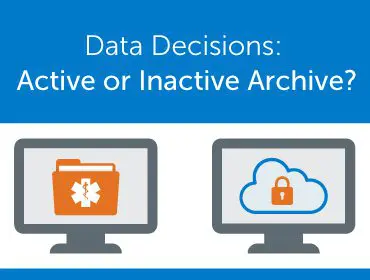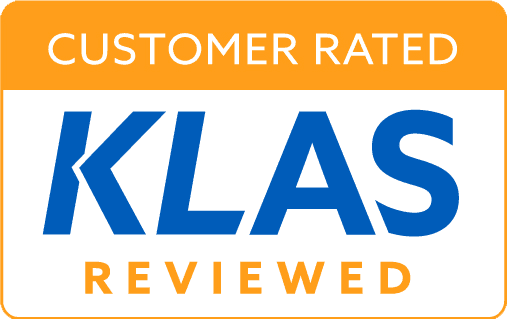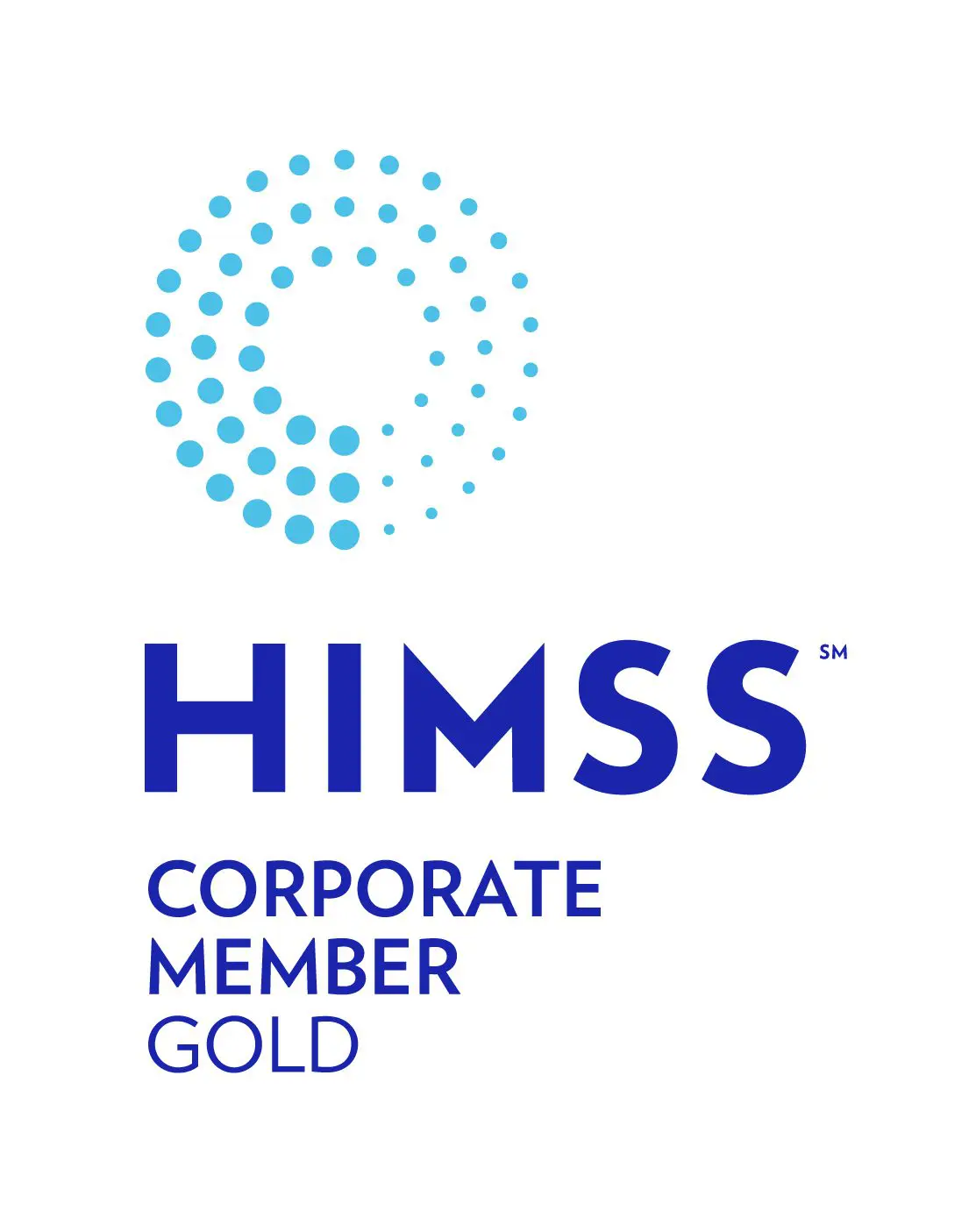
The astronomical growth of health data and ever-evolving regulations about data accessibility and retention rules require a forward-thinking plan about how and where to save the information. The best long-term plan can require a mix of solutions to ensure the clinical, business, and financial data is secure, accessible, and useful for future patient care, operations, and medical research.
To best meet all the lifecycle data goals, there are two kinds of archives for consideration. An active and inactive archive both can contribute toward a solid long term data management strategy.
How can an active and inactive data archive support lifecycle data management?
Let’s look at the two types of archives: active and inactive (also called cold storage). The reasons to use one or the other, or both, are straightforward. An active archive is best for legacy records that need to be readily accessible, while an inactive archive is for data files that may be needed on occasion (i.e., one or twice over several years) and there would be ample lead time to retrieve the records.
In a survey we conducted, 71 percent of CIOs reported their organizations have an archive in place. In that same survey, 94 percent also reported they have legacy applications up and running. This signals there is a lot of work ahead to streamline IT portfolios.
What are the differences and benefits of an Active and Inactive Archive?
Active Archive
An active archive is designed for users (clinicians, HIM, Legal, Revenue Cycle, Human Resources, etc.) to easily access active and static legacy data. The data may be accessed daily or frequently based on a variety of use cases.
Harmony Healthcare IT has designed two active archives with distinct features. Our vendor neutral archives accommodate data from any system in any format. This includes patient clinical and financial data, as well as facility financial and administrative data. Once the data is migrated from the legacy application to the vendor neutral active archive, the application and system can be decommissioned which offers cost savings, improved security, and options for interoperability.
Active Archive for clinical and business data – HealthData Archiver®
HealthData Archiver® provides HIPAA-compliant storage of clinical and business data of all types. The active archive has an easy-to-use interface that supports daily use by a variety of users.
A unique benefit of HealthData Archiver® is that it offers users ongoing Single Sign-On access from the active EHR. A new Legacy Record Indicator feature provides a visual cue within the go-forward EHR to signal that there are patient records linked in the archive.
The primary features of HealthData Archiver®
- Clinical view – Users can view or share lab results and other clinical data to support informed treatment decisions.
- Ability to add notes or comments about a stored record.
- Release records in bulk or individually – to share for population health, APIs, HIEs, research teams and more.
- Query and Search – across structured data to gather clear and concise results.
- Compile info and assemble information to PDF.
- Error correction – to upload addenda and link duplicate accounts through an HL7 merge.
- Printing – Quick, custom and release of information.
- DICOM Viewer – provides a complete cloud-based medical image archive that supports easy access for clinicians to view, download, rotate and flip study panels of images from radiology, cardiology, oncology, etc. This is an improvement from other archive solutions that only support static PDF images that limit the ability to see the whole patient story.
Active Archive for financial and billing records – HealthData AR Manager®
HealthData AR Manager® securely stores revenue cycle data for an active wind down. This includes simple transaction posting to automated collection agency management and complete collections functionality.
Key features of HealthData AR Manager®
The browser-based application supports the billing staff to continue managing more complex A/R wind down after the financial system is decommissioned. This includes:
- Posting payments to outstanding accounts receivables
- Receiving files from outsourced collection agencies to post against line items
- Receiving/transmitting 835s and 837s and patient statement files
- Producing statements and on-demand letters. Use word processing mail merge to create letter series.
HealthData AR Manager® can be used alone, or in conjunction with HealthData Archiver®.
Inactive Archive – HealthData Locker™
There are cases where data needs to be stored, but frequent or immediate access is not needed. In this case, an inactive archive, sometimes called cold storage can be a viable choice for the unstructured, raw data. Data stored in an inactive archive is intended for occasional file access such as once or twice every 12-36 months. Future use cases for inactive data that would have lead time could include:
- eDiscovery for legal or forensic analysis
- Other data analysis
The benefits of inactive/deep storage support cost-effectiveness, security, scalability, and compliance.
HealthData Locker™ is a deep storage solution designed to support providers who need options to help prevent active archive overload with an option for their cold data that is no longer needed. There are two tiers of inactive storage offered that are based on access levels, frequency and format.
Our team can help with a long-term data management strategy to best utilize an active and inactive archive.
Based on whether the data stored within the legacy system is inactive or active and the type of legacy data source, HHIT will suggest whether HealthData Locker™, HealthData Archiver®, or HealthData AR Manager® is best suited to protect and manage the records.
Are you evaluating your legacy systems and ready to further detail your lifecycle data management strategy.
Are you planning for the new Health Data, Technology and Interoperability (HTI-2) Rule?
We are ready to help work through your archive questions and get the right solutions in use for your organization.






